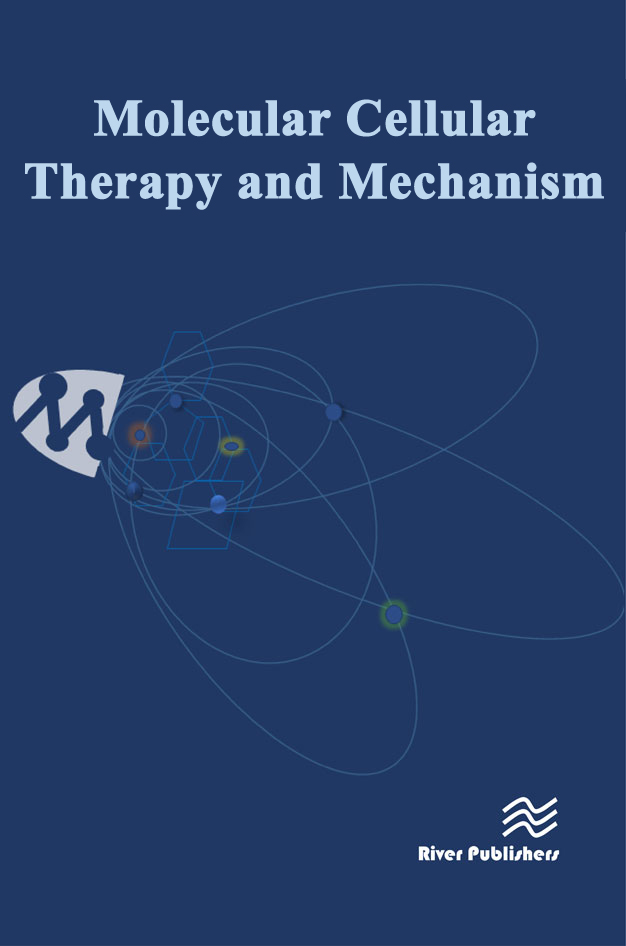Recruitment and retention of human autologous CD34+ CD117+ CD133+ bone marrow stem cells to infarcted myocardium followed by directed vasculogenesis: Novel strategy for cardiac regeneration
DOI:
https://doi.org/10.13052/2052-8426-1-4Keywords:
Myocardial infarction, Regenerative medicine, Bone marrow stem cells, Stem cell therapy, Vasculogenesis, Heterospecific tetravalent antibodiesAbstract
Background: Ongoing clinical trials, in regenerative therapy of patients suffering from myocardial infarctions, rely
primarily upon administration of bone marrow stem cells to the infarcted zones. Unfortunately, low retention of
these cells, to the therapeutic delivery sites, reduces effectiveness of this strategy; thus it has been identified as the
most critical problem for advancement of cardiac regenerative medicine.
Specific aims: The specific aim of this work was three-fold: (1) to isolate highly viable populations of human,
autologous CD34+, CD117+, and CD133+ bone marrow stem cells; (2) to bioengineer heterospecific, tetravalent
antibodies and to use them for recruiting of the stem cells to regenerated zones of infarcted myocardium; (3) to
direct vasculogenesis of the retained stem cells with the defined factors.
Patients methods: Cardiac tissue was biopsied from the hearts of the patients, who were receiving orthotopic
heart transplants after multiple cardiac infarctions. This tissue was used to engineer fully human in vitro models
of infarcted myocardium. Bone marrow was acquired from these patients. The marrow cells were sorted into
populations of cells displaying CD34, CD117, and CD133. Heterospecific, tetravalent antibodies were bioengineered
to bridge CD34, CD117, CD133 displayed on the stem cells with cardiac myosin of the infarcted myocardium. The
sorted stem cells were administered to the infarcted myocardium in the in vitro models.
Results: Administration of the bioengineered, heterospecific antibodies preceding administration of the stem cells
greatly improved the stem cells’ recruitment and retention to the infarcted myocardium. Treatment of the retained
stem cells with vascular endothelial growth factor and angiopoietin efficiently directed their differentiation into
endothelial cells, which expressed vascular endothelial cadherin, platelet/endothelial cell adhesion molecule,
claudin, and occludin, while forming tight and adherens junctions.
Conclusions: This novel strategy improved retention of the patients’ autologous bone marrow cells to the infarcted
myocardium followed by directed vasculogenesis. Therefore, it is worth pursuing it in support of the ongoing
clinical trials of cardiac regenerative therapy.


